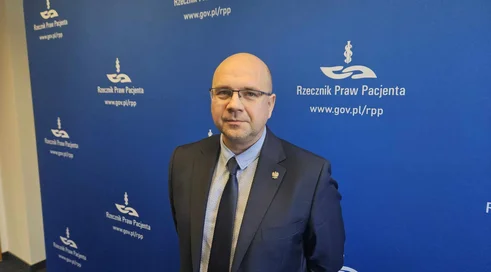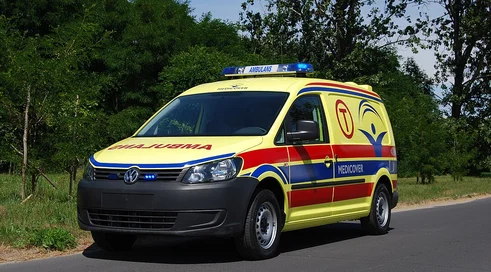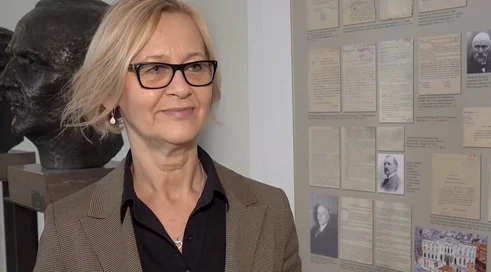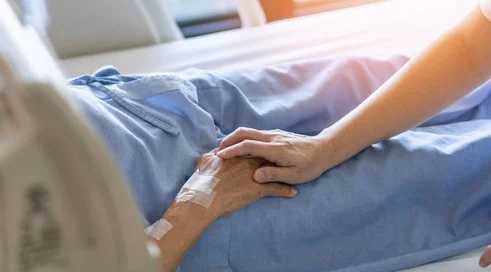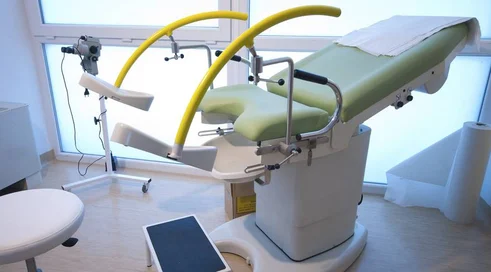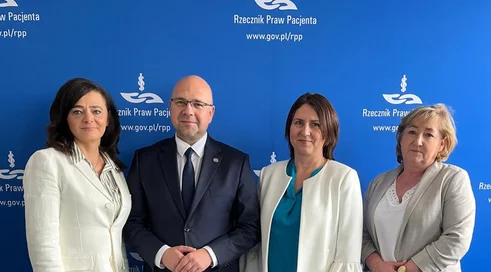When is a patient entitled to free sanitary transport? What is long-distance transport in POZ and does the emergency medical team provide sanitary transport services? Answers to these questions can be found in the Patient Navigator provided by the Patient Ombudsman.
Sanitary transport involves transporting a patient to a medical entity (such as a hospital or clinic) or from the entity to his or her home if the patient cannot move independently. Sanitary transport is carried out in an ambulance in which the patient is cared for by medical personnel. As the Patient Ombudsman's office explains, sanitary transport can be used if a doctor in the PCP or AOS issues such an order. Transport can be free, partially paid or fully paid.
Content locked
To gain access to the complete English section of the Medexpress.pl, kindly reach out to us at [email protected].
If you already have an account, please log in








